Home>Garden Essentials>What Is Infill For Artifical Grass
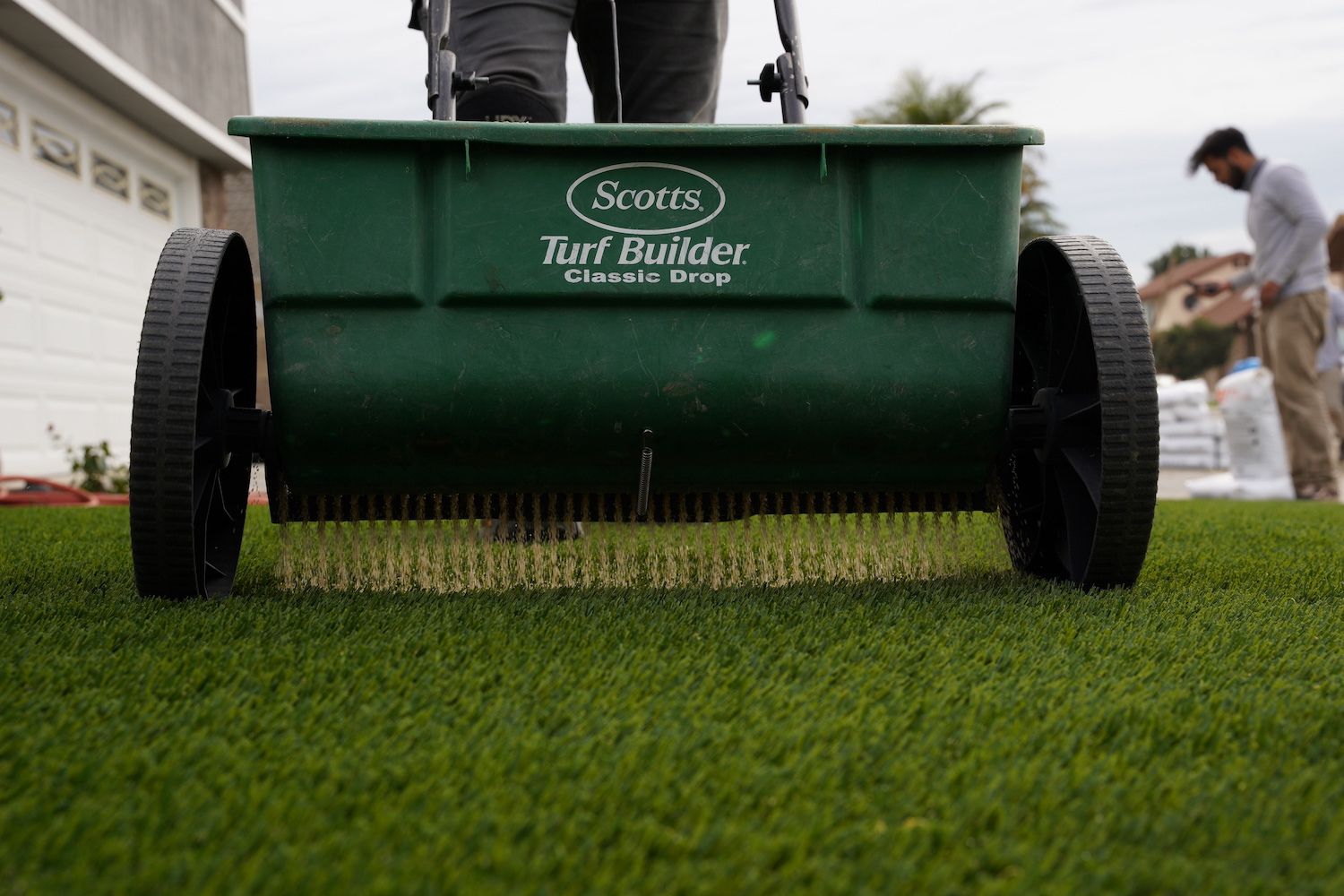

Garden Essentials
What Is Infill For Artifical Grass
Modified: September 2, 2024
Discover the benefits of using infill for your garden's artificial grass. Find out why infill is essential for maintaining a beautiful and long-lasting synthetic lawn.
(Many of the links in this article redirect to a specific reviewed product. Your purchase of these products through affiliate links helps to generate commission for Storables.com, at no extra cost. Learn more)
Introduction
Welcome to the world of artificial grass! Whether you are considering installing an artificial lawn in your yard or you are simply curious about this increasingly popular alternative to natural grass, understanding the role of infill is crucial. Infill is a vital component of artificial grass installations, providing stability, support, and a realistic feel underfoot. In this article, we will delve into the concept of infill for artificial grass, exploring its definition, purpose, types, and considerations when choosing the right infill material.
Artificial grass has come a long way in recent years, becoming an attractive and practical solution for many homeowners. It offers the beauty of a perfectly manicured lawn without the hassles of weeding, mowing, and watering. However, to achieve a natural look and feel, artificial grass requires infill – a material that fills the space between the turf blades, providing stability, temperature control, and impact absorption.
The primary purpose of infill is to mimic the natural characteristics of soil found in natural grass. It helps to retain the shape and structure of the artificial turf, preventing it from flattening over time. Infill also provides cushioning, reducing the potential for injuries when playing or walking on the surface. Additionally, infill helps to regulate temperature, keeping the artificial grass cool in hot weather and preventing it from becoming too hot to the touch.
There are several types of infill materials commonly used in artificial grass installations. The most common options include sand, rubber, and organic infill. Each material has its own unique characteristics, advantages, and disadvantages. Understanding the properties of different infill materials is essential for choosing the right one that fits your specific needs and preferences.
Over the next sections, we will explore each type of infill material in more detail, highlighting their pros and cons. We will also discuss important considerations to keep in mind when selecting infill for your artificial grass installation. So, let’s dive in and discover the world of infill for artificial grass!
Key Takeaways:
- Artificial grass needs infill to stay stable, cushioned, and cool. Sand, rubber, and organic infill each have unique benefits and considerations. Choose based on foot traffic, safety, climate, and personal preferences.
- When choosing infill for artificial grass, consider factors like intended use, foot traffic, safety, climate, maintenance, environment, and budget. Consulting with professionals can help make an informed decision for a long-lasting synthetic turf.
Read more: What Is An Infill Speed
Definition of infill for artificial grass
Infill, in the context of artificial grass, refers to the material that is placed between the synthetic grass blades to provide stability, support, and a more realistic feel. It acts as a buffer, filling the gaps and spaces in the artificial turf, ensuring that it remains upright, resilient, and functional.
Without infill, artificial grass would be flat and lifeless, lacking the natural bounce and durability found in natural grass. Infill materials are typically spread evenly across the surface of the synthetic lawn, penetrating the spaces between the blades and settling into the lower layers of the turf system.
Artificial grass infill is composed of different materials, each with its own unique properties and benefits. The type and amount of infill required for an installation will depend on various factors, such as the purpose of the synthetic grass area, the level of foot traffic it will receive, and the desired look and feel of the turf.
Infill materials enhance the performance and longevity of artificial grass by creating a stable and supportive base. They help to prevent the synthetic grass from matting, flattening, or shifting over time, maintaining its visual appeal and functionality. Additionally, infill materials assist in controlling the temperature of the artificial turf, reducing the heat buildup on hot days and making it more comfortable to walk or play on.
Overall, infill serves as an integral component in artificial grass installations, ensuring the durability, aesthetics, and usability of the synthetic lawn. It provides the necessary support and structure, mimicking the characteristics of natural grass and enhancing the overall experience for anyone enjoying the artificial turf.
Purpose of infill
The purpose of infill in artificial grass installations is multifaceted, encompassing several key functions that contribute to the overall performance and longevity of the synthetic turf. Understanding the purpose of infill is crucial to selecting the right material that best suits your specific needs and preferences. Here are the primary purposes of infill:
1. Stability and Support: Infill provides stability and support to the artificial turf, helping it maintain its shape and structure. By filling the gaps and spaces between the grass blades, infill prevents the synthetic grass from flattening, matting, or shifting over time. This ensures that the surface remains even and consistent, capable of withstanding foot traffic and resisting wear and tear.
2. Cushioning and Impact Absorption: Infill materials offer cushioning and impact absorption properties, making the synthetic grass safer and more comfortable to walk or play on. The infill acts as a buffer, reducing the potential for injuries by providing a soft and forgiving surface. This is especially important in areas where children or pets will frequently use the artificial grass.
3. Temperature Regulation: Artificial grass tends to heat up under direct sunlight, potentially making it uncomfortable to walk or play on. Infill plays a crucial role in temperature regulation, helping to reduce the heat buildup on the synthetic turf. Certain infill materials have cooling properties, dissipating heat and keeping the artificial grass surface cooler, even on hot summer days.
4. Aesthetics: Infill contributes to the visual appearance of artificial grass, giving it a more natural and realistic look. Certain types of infill, such as sand or rubber, help to keep the grass blades upright, enhancing the overall aesthetic appeal of the synthetic lawn. This ensures that the artificial grass maintains its lush and vibrant appearance for years to come.
5. Drainage: Some infill materials are designed to improve the drainage capabilities of artificial grass. By allowing water to pass through the gaps between the grass blades, these infill materials help to prevent water pooling and ensure proper water drainage. This is particularly important in areas with heavy rainfall or to prevent the growth of mold and mildew.
By fulfilling these purposes, infill materials play a crucial role in maintaining the functionality, durability, and visual appeal of artificial grass installations. It is important to consider these factors when choosing the right infill material for your specific needs, ensuring that your synthetic lawn delivers the desired performance and aesthetics.
Types of infill materials
When it comes to infill for artificial grass, there are several types of materials available, each with its own distinct characteristics, advantages, and disadvantages. The choice of infill material will depend on various factors, including the intended use of the synthetic turf, the level of foot traffic it will receive, and personal preferences. Here are the most common types of infill materials:
1. Sand Infill: Sand infill is one of the most widely used infill materials for artificial grass. It consists of small grains of sand, typically silica sand, which are spread evenly across the surface of the synthetic lawn. Sand infill provides stability and support to the turf, keeping the grass blades upright and preventing them from matting. It also aids in drainage, allowing water to pass through easily. However, sand infill may retain heat, making it hotter to walk or play on in sunny weather. It may also require occasional top-ups to prevent compaction.
2. Rubber Infill: Rubber infill is made from recycled rubber, typically sourced from old vehicle tires. It offers excellent shock absorption and cushioning properties, making it ideal for areas where safety is a concern, such as playgrounds or sports fields. Rubber infill is also known for its durability and resilience, allowing the synthetic grass to withstand heavy use and reducing the risk of injuries. However, rubber infill may retain heat in hot weather and can emit a rubbery odor. It may also require periodic maintenance to prevent displacement and compaction.
3. Organic Infill: Organic infill is made from natural materials, such as cork or coconut fibers. It offers a more eco-friendly alternative to traditional infill materials. Organic infill provides natural cushioning and drainage properties, along with good temperature regulation. It is also biodegradable and non-toxic, making it an attractive choice for environmentally conscious individuals. However, organic infill may require more frequent replacement and may not be as durable as other types of infill materials. It may also be more expensive compared to sand or rubber infill.
4. Hybrid Infill: Hybrid infill is a combination of different infill materials, often combining sand and rubber. This blend offers the benefits of both types, providing stability, support, shock absorption, and temperature regulation. Hybrid infill can be customized to fit specific requirements and preferences, making it a versatile option for artificial grass installations. However, it may be more costly compared to single-material infill options.
It is important to consider factors such as desired performance, budget, maintenance requirements, and personal preferences when selecting the infill material for your artificial grass. Consulting with a professional or seeking advice from reputable suppliers can help you make an informed decision that best suits your needs and helps you achieve the desired look and feel for your synthetic lawn.
Sand Infill
Sand infill is one of the most commonly used types of infill materials for artificial grass. It consists of small grains of sand, typically silica sand, which are spread evenly across the surface of the synthetic lawn. Sand infill serves multiple purposes and offers various benefits for artificial grass installations.
1. Stability and Support: Sand infill provides stability and support to the synthetic grass, keeping the blades upright and preventing them from matting or flattening over time. The weight of the sand helps to maintain the shape and structure of the turf, ensuring it remains even and consistent. This makes sand infill particularly suitable for high foot traffic areas, such as sports fields or playgrounds, where durability is essential.
2. Drainage: Sand infill allows for efficient water drainage, preventing the accumulation of water on the surface of the artificial grass. The small spaces between the sand grains facilitate the movement of water, ensuring that excess moisture is quickly drained away. This helps to prevent water pooling and potential damage to the turf, as well as minimizing the growth of mold and mildew.
3. Temperature Regulation: Sand infill has the ability to regulate the temperature of the artificial grass. It acts as a thermal stabilizer, absorbing excess heat and dissipating it gradually. This helps to prevent the synthetic turf from becoming uncomfortably hot to walk or play on, especially during sunny summer days. Sand infill provides a cooler surface, making it more enjoyable for both humans and pets.
4. Cost-Effective: Sand infill tends to be more cost-effective compared to other types of infill materials. Silica sand is widely available and relatively inexpensive, making it an affordable option for artificial grass installations. This makes sand infill suitable for larger areas or individuals on a tight budget without compromising the performance and durability of the synthetic lawn.
5. Maintenance: Sand infill requires minimal maintenance, making it a convenient option for homeowners. Periodic brushing or raking of the artificial grass helps to redistribute the sand and keep the blades upright. However, over time, sand infill may compact and lose its stability. It is recommended to periodically top up the sand infill to maintain its performance and prevent unnecessary matting or flattening of the turf.
While sand infill offers numerous benefits, there are a few considerations to keep in mind. Sand infill, especially fine-grain sand, may increase the risk of silica dust exposure. Using silica-free sand or opting for alternative infill materials can mitigate this concern. Additionally, sand infill may not be suitable for areas with high wind conditions, as it can be easily displaced or tracked indoors.
Ultimately, sand infill is a popular choice for artificial grass installations due to its stability, drainage capabilities, temperature regulation, cost-effectiveness, and low maintenance requirements. When considering sand infill for your synthetic lawn, it is essential to evaluate the specific needs and characteristics of your project to ensure the best results and satisfaction with your artificial grass surface.
Read more: What Is Infill Sewerage
Rubber Infill
Rubber infill is a commonly used type of infill material for artificial grass installations. It is made from recycled rubber, typically sourced from old vehicle tires. Rubber infill offers unique properties and benefits that make it an attractive choice for various applications where safety, durability, and resilience are important.
1. Shock Absorption: One of the primary advantages of rubber infill is its exceptional shock-absorbing properties. The rubber granules act as a cushioning layer, providing a soft and forgiving surface. This makes rubber infill particularly suitable for areas where safety is a concern, such as playgrounds, sports fields, or recreational areas. It helps reduce the risk of injuries by minimizing the impact on joints and muscles when walking, running, or playing on the synthetic turf.
2. Durability: Rubber infill is known for its durability and resilience. The recycled rubber material is highly resistant to wear and tear, making it capable of withstanding heavy and frequent use. It can withstand the demands of high foot traffic areas without significant deterioration. This makes rubber infill a long-lasting option for artificial grass installations, ensuring the continued performance and aesthetics of the synthetic turf over time.
3. Drainage: Rubber infill allows for efficient water drainage. The porous nature of rubber granules facilitates the flow of water through the synthetic grass, preventing water pooling and ensuring proper drainage. This helps to maintain the integrity of the turf, preventing water-related damage and minimizing the risk of mold or mildew growth.
4. Temperature Regulation: Rubber infill has the ability to regulate temperature on artificial grass surfaces. It helps to reduce the heat buildup caused by direct sunlight. The rubber particles disperse heat evenly, preventing the synthetic turf from becoming excessively hot and uncomfortable to walk or play on. This ensures a more enjoyable experience, especially during hot summer days.
5. Low Maintenance: Rubber infill requires minimal maintenance, making it a convenient choice for homeowners. It does not require frequent top-ups or extensive brushing to maintain its performance. Regular sweeping or raking to redistribute the rubber granules may be necessary over time, but overall, rubber infill offers a low-maintenance solution for artificial grass installations.
Despite its numerous advantages, there are a few considerations to keep in mind when using rubber infill. Rubber infill may retain heat, particularly in warm climates, which can make it hotter to walk or play on during periods of high temperatures. Additionally, some individuals may be sensitive to the rubbery odor that can persist, especially when the rubber infill is newly installed. However, the odor tends to dissipate over time.
Overall, rubber infill provides excellent shock absorption, durability, drainage capabilities, temperature regulation, and low maintenance requirements. It is well-suited for areas that prioritize safety and require a long-lasting and resilient surface. When considering rubber infill for your artificial grass installation, it is important to evaluate the specific needs and characteristics of your project to ensure the best outcome and satisfaction with your synthetic grass surface.
Organic Infill
Organic infill is a type of infill material used in artificial grass installations that is made from natural substances. Typically, organic infill is composed of materials such as cork or coconut fibers. It offers unique properties and benefits that make it a popular choice for those seeking an eco-friendly alternative for their synthetic turf.
1. Sustainability and Biodegradability: One of the primary advantages of organic infill is its sustainability. Materials such as cork or coconut fibers used in organic infill are natural and renewable resources. They are acquired from sustainable sources and have minimal environmental impact. Additionally, organic infill is biodegradable, meaning it will naturally break down over time, reducing waste and contributing to a more environmentally friendly solution.
2. Cushioning and Comfort: Organic infill provides natural cushioning properties, offering a comfortable and soft surface to walk or play on. The natural fibers absorb impact and reduce the risk of injuries, making it suitable for areas where safety is a concern, such as playgrounds or recreational spaces. The cushioning effect of organic infill enhances the overall experience on the artificial grass, providing a pleasant and forgiving surface for both children and adults.
3. Drainage and Water Retention: Organic infill has good drainage capabilities, allowing water to pass through the synthetic grass surface easily. The porous nature of materials like cork or coconut fibers facilitates the movement of water, preventing water pooling and ensuring efficient drainage. Moreover, organic infill has the ability to retain moisture, helping to keep the artificial grass hydrated during dry periods. This can reduce the need for excessive watering and contribute to water conservation efforts.
4. Natural Look and Feel: Organic infill provides a natural and realistic look to artificial grass. The materials used, such as cork or coconut fibers, resemble the texture and appearance of natural soil. This enhances the aesthetics of the synthetic turf, giving it a more authentic and inviting feel. Organic infill can create a visually appealing and harmonious blend with the surrounding environment.
5. Non-Toxic and Allergen-Free: Organic infill is non-toxic and safe for both humans and pets. It does not contain harmful chemicals or allergens that could cause adverse reactions or pose health risks. This makes organic infill a suitable choice for those with sensitivities or allergies, providing a worry-free environment for everyone to enjoy.
Despite its advantages, organic infill does have a few considerations. It may require more frequent replacement compared to other types of infill materials due to its biodegradability and potential for decomposition over time. Additionally, organic infill may be more expensive compared to alternative infill options, reflecting the higher cost of sourcing and processing natural materials.
Overall, organic infill offers sustainable, cushioning, draining, and aesthetically pleasing qualities. It is an excellent choice for those seeking an environmentally friendly and natural alternative for their artificial grass. When considering organic infill for your synthetic turf, it is important to evaluate the specific needs and characteristics of your project to ensure the best results and satisfaction with your eco-friendly artificial lawn.
When choosing infill for artificial grass, consider factors such as durability, drainage, and heat resistance. Silica sand, rubber, and organic options are popular choices. Research and consult with professionals to find the best option for your specific needs.
Pros and Cons of Each Infill Material
When choosing infill for artificial grass, it is important to consider the pros and cons of each material to make an informed decision. Here are the advantages and disadvantages of the most common infill materials: sand, rubber, and organic.
Sand Infill:
Pros:
- Provides stability and support to maintain the shape of the synthetic grass.
- Allows for efficient water drainage, preventing water pooling.
- Regulates temperature, reducing the heat buildup on hot days.
- Cost-effective compared to other infill materials.
- Requires minimal maintenance.
Cons:
- May retain heat, making it hotter to walk or play on in sunny weather.
- Potential for silica dust exposure, although silica-free options are available.
- May require occasional top-ups to prevent compaction.
- Not suitable for areas with high wind conditions as it can be easily displaced.
Read more: What Is An Infill
Rubber Infill:
Pros:
- Provides excellent shock absorption, making it ideal for safety-conscious areas.
- Durable and resilient, able to withstand heavy use and frequent foot traffic.
- Allows for efficient water drainage and reduces the risk of mold or mildew growth.
- Regulates temperature, preventing the synthetic turf from becoming excessively hot.
- Requires minimal maintenance.
Cons:
- May retain heat, especially in warm climates.
- Can emit a rubbery odor, although it tends to dissipate over time.
- May not be suitable for those with sensitivities to rubber.
- Can be more expensive compared to other infill materials.
Organic Infill:
Pros:
- Sustainable and environmentally friendly, made from natural and renewable materials.
- Provides cushioning and a soft surface for increased comfort.
- Allows for efficient water drainage and retains moisture, reducing water usage.
- Provides a natural and realistic look to the artificial grass.
- Non-toxic and safe for humans and pets.
Cons:
- May require more frequent replacement due to biodegradability.
- Can be more expensive compared to other infill materials.
- May not be as durable as other infill options.
By considering the pros and cons of each infill material, you can identify the best option that aligns with your specific needs and preferences. It is essential to evaluate factors such as maintenance requirements, budget, desired performance, and environmental considerations when making your decision. Consulting with professionals or experienced suppliers can also provide valuable insights and guidance in selecting the most suitable infill material for your artificial grass installation.
Considerations when Choosing Infill for Artificial Grass
When selecting the infill for your artificial grass installation, there are several important considerations to keep in mind. The choice of infill material can significantly impact the performance, durability, aesthetics, and overall satisfaction with your synthetic turf. Here are key factors to consider when choosing infill for artificial grass:
1. Intended Use:
Consider how the artificial grass will be used. Is it primarily for landscaping purposes, or will it be subjected to heavy foot traffic, such as in a sports field or playground? The level of use will dictate the type of infill material needed to ensure durability and optimal performance.
2. Foot Traffic:
Assess the anticipated foot traffic on the synthetic turf. High traffic areas may require infill materials that can withstand frequent use and provide ample support, such as rubber infill. Areas with lower traffic may be suitable for sand or organic infill.
3. Safety Requirements:
If safety is a primary concern, consider infill options that offer excellent shock absorption, such as rubber infill. This is particularly important for areas where children play or for sports fields where impact protection is crucial.
4. Climate and Temperature:
Consider the climate and temperature of your location. In hot climates, infill materials that help regulate the temperature, such as sand or organic infill, may be beneficial to prevent the synthetic grass from becoming excessively hot. In colder climates, infill that retains heat, like rubber infill, can help maintain a comfortable surface.
5. Maintenance:
Evaluate the maintenance requirements of different infill materials. Some may require occasional top-ups or brushing to maintain their performance. Consider your willingness to perform maintenance tasks and choose an infill material that fits your maintenance preferences.
6. Environmental Considerations:
If sustainability and environmental impact are important to you, consider organic infill options made from natural or recycled materials. These infill materials are typically biodegradable and have a lower carbon footprint compared to synthetic alternatives.
7. Budget:
Consider your budget when selecting infill materials. Some infill options, such as sand, may be more cost-effective compared to rubber or organic alternatives. However, bear in mind that durability and certain features may vary depending on the price range.
8. Personal Preferences:
Lastly, consider your personal preferences regarding the look, feel, and overall aesthetics of the artificial grass. Some individuals may prefer the natural look and texture of sand infill, while others may prefer the cushioning provided by rubber or organic infill.
By considering these factors, you can make an informed decision that aligns with your specific needs and preferences. It is also recommended to consult with professionals or reliable suppliers who can provide expert advice and guidance in selecting the most suitable infill material for your artificial grass installation.
Conclusion
Infill plays a vital role in artificial grass installations, providing stability, support, and a realistic feel to the synthetic turf. Understanding the different types of infill materials and their respective pros and cons is crucial in choosing the right option for your specific needs and preferences.
Sand infill, which is cost-effective and requires minimal maintenance, offers stability, drainage, and temperature regulation. Rubber infill, known for its shock absorption and durability, is an excellent choice for high-traffic areas where safety is a concern. Organic infill, made from sustainable materials, provides cushioning, drainage, and a natural look and feel.
When choosing infill for artificial grass, it is essential to consider factors such as the intended use, level of foot traffic, safety requirements, climate, maintenance preferences, environmental impact, and budget. Evaluating these considerations will help you select the most suitable infill material for your artificial grass installation.
Consulting with professionals or reputable suppliers can offer valuable insights and guidance in making an informed decision. They can provide expert advice based on their knowledge and experience, ensuring that you choose the infill material that best meets your needs and provides optimal performance and satisfaction with your synthetic turf.
Ultimately, by selecting the right infill material for your artificial grass, you can create a visually appealing, functional, and long-lasting landscape. Whether you’re looking to enhance your backyard, create a safe play area for children, or transform a sports field, the proper infill will contribute to the overall success and enjoyment of your artificial grass installation.
Frequently Asked Questions about What Is Infill For Artifical Grass
Was this page helpful?
At Storables.com, we guarantee accurate and reliable information. Our content, validated by Expert Board Contributors, is crafted following stringent Editorial Policies. We're committed to providing you with well-researched, expert-backed insights for all your informational needs.
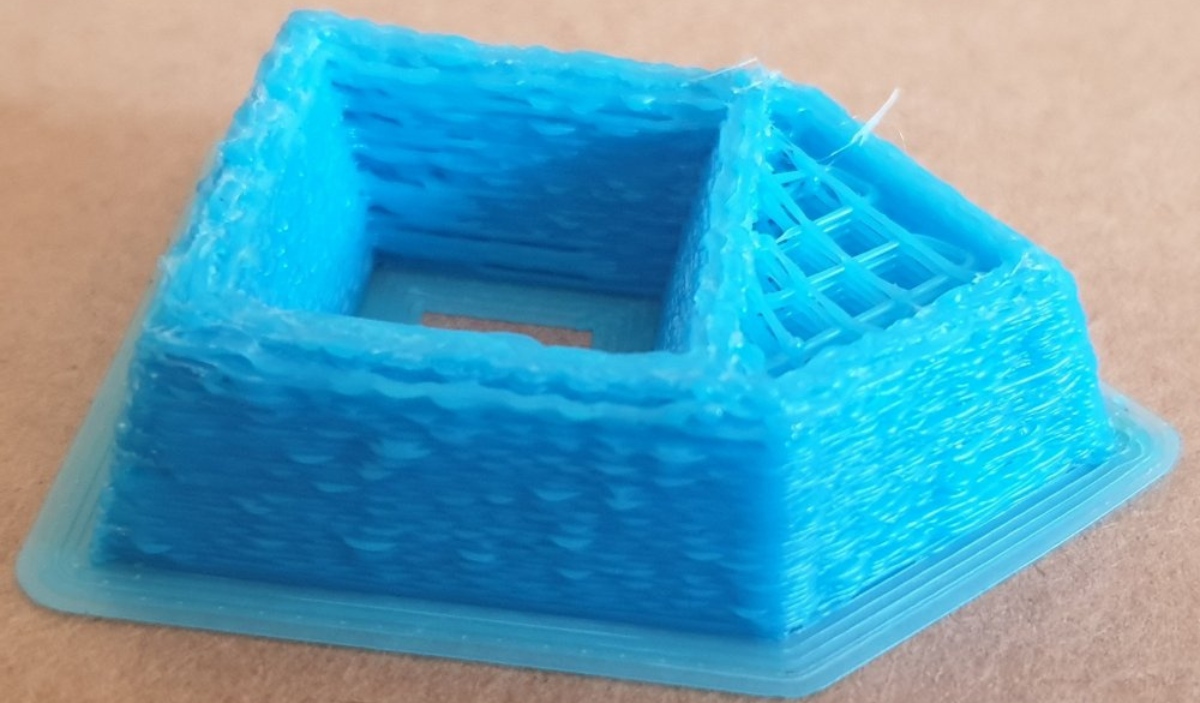
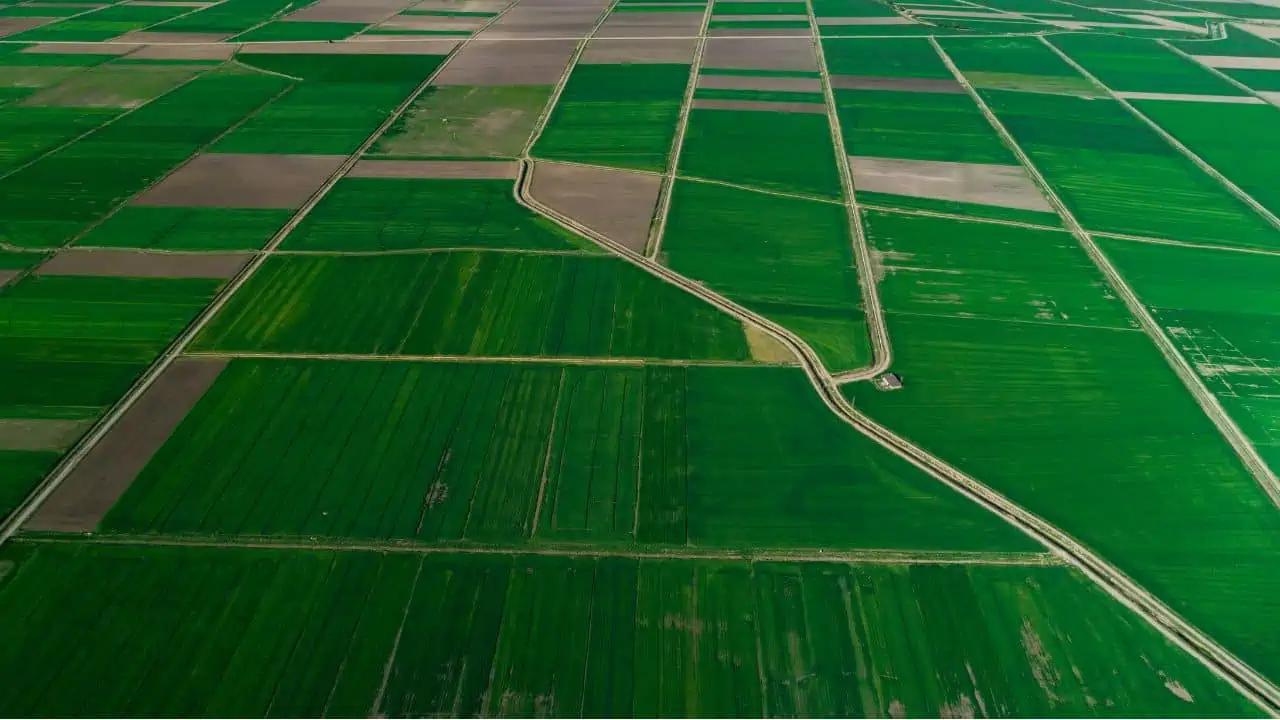
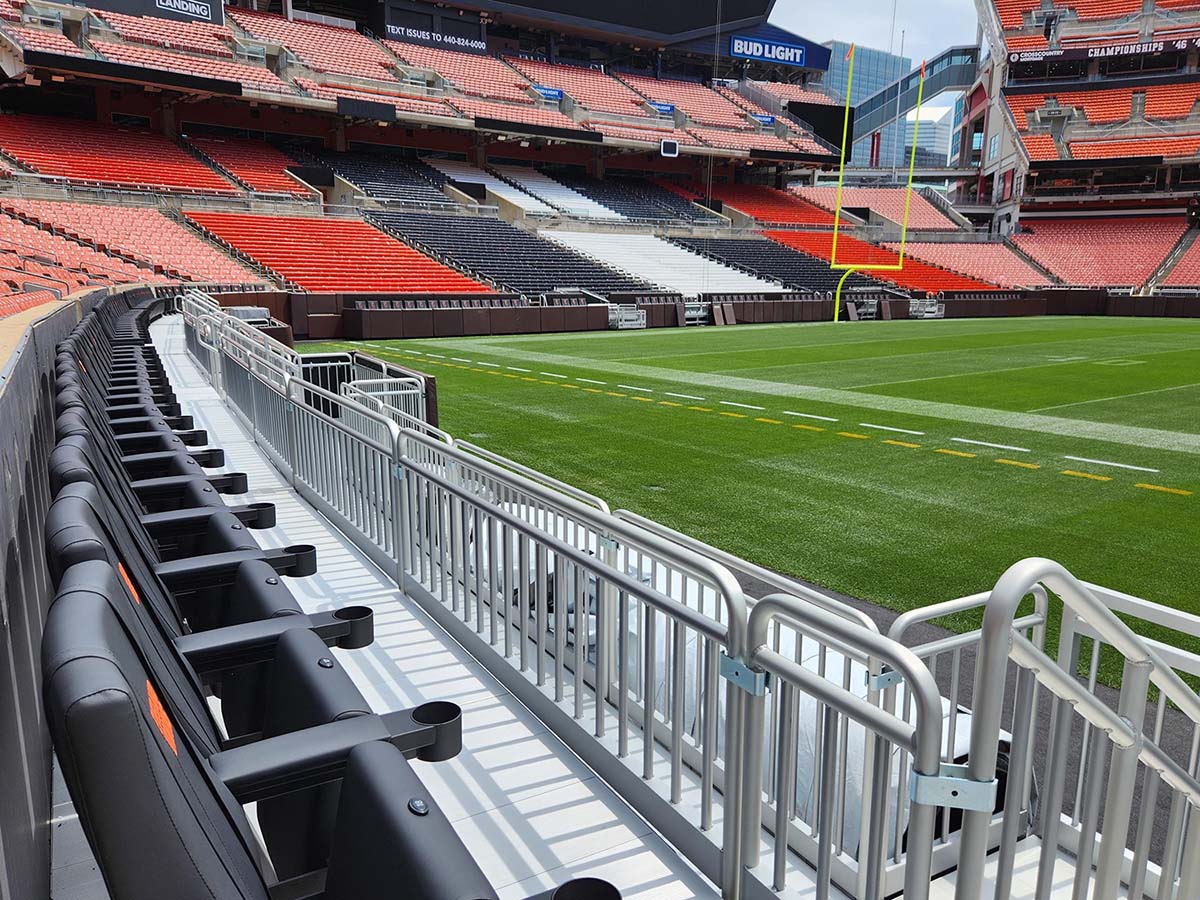
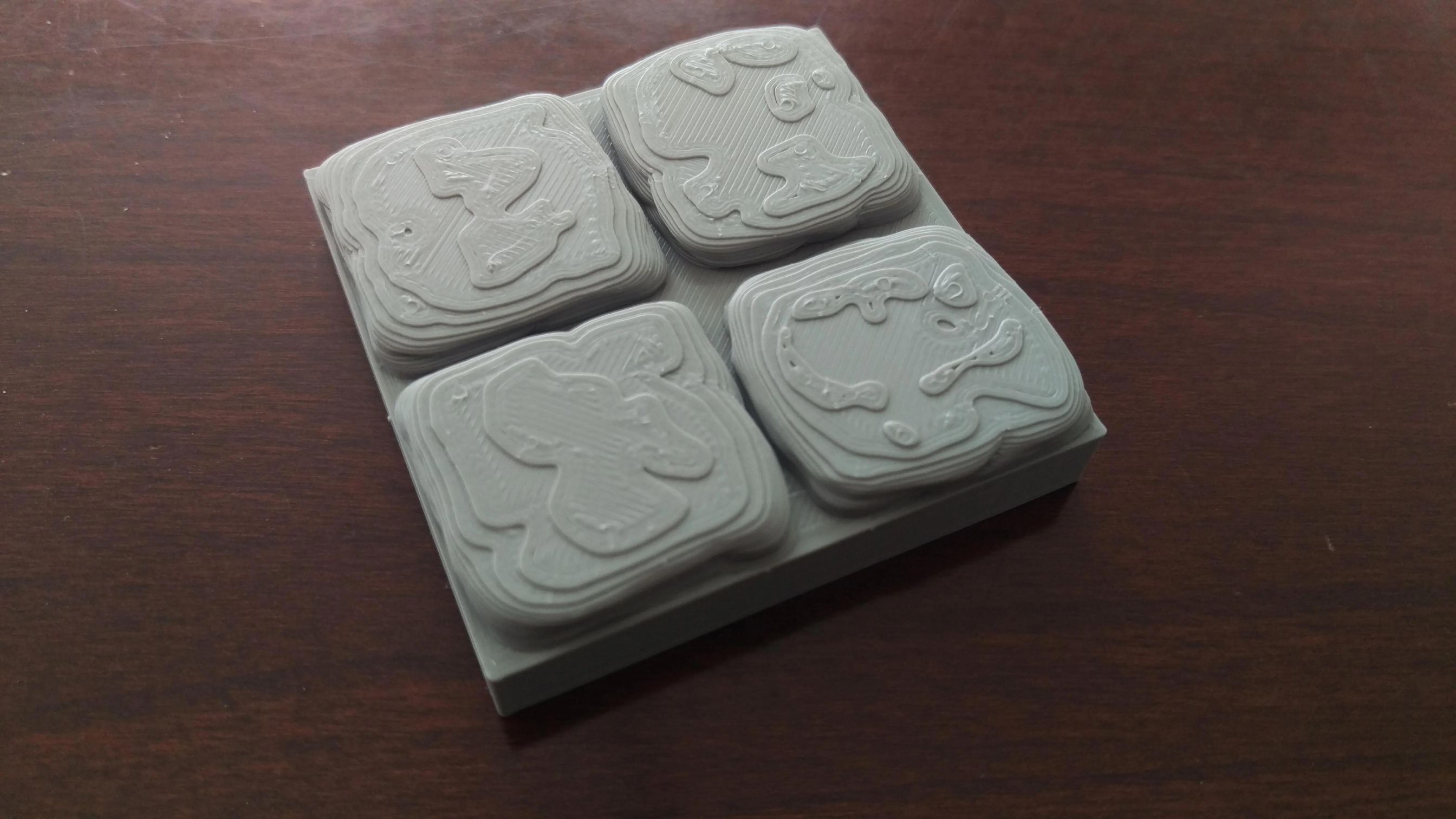
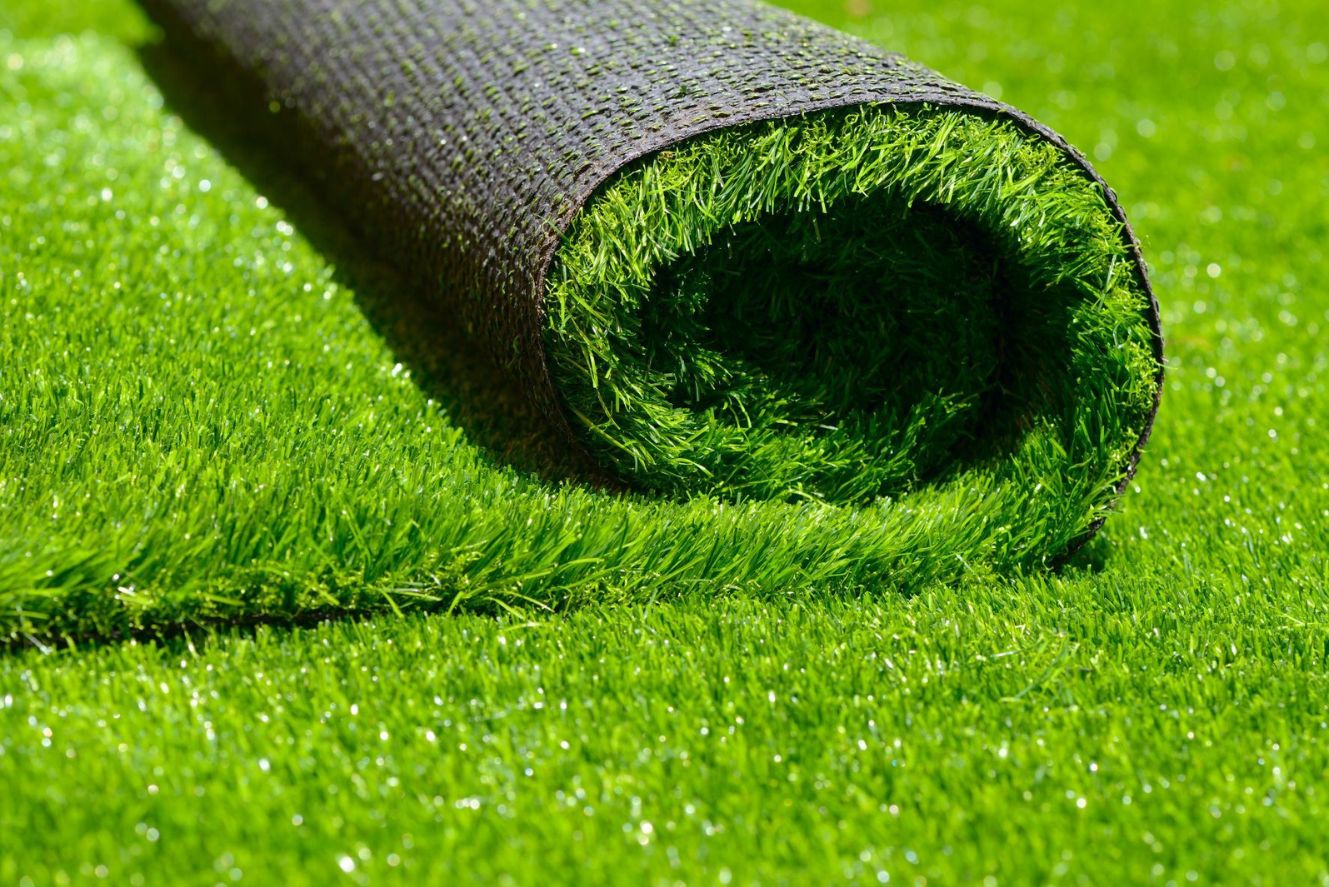
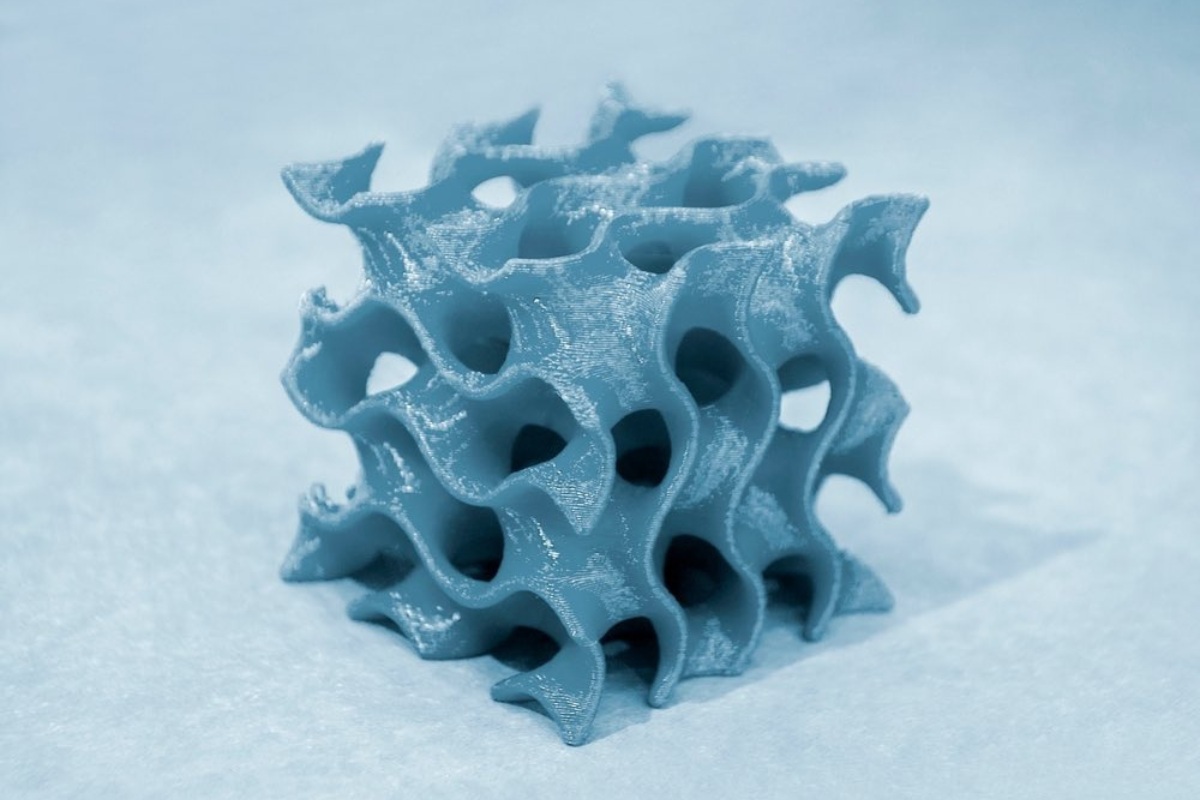
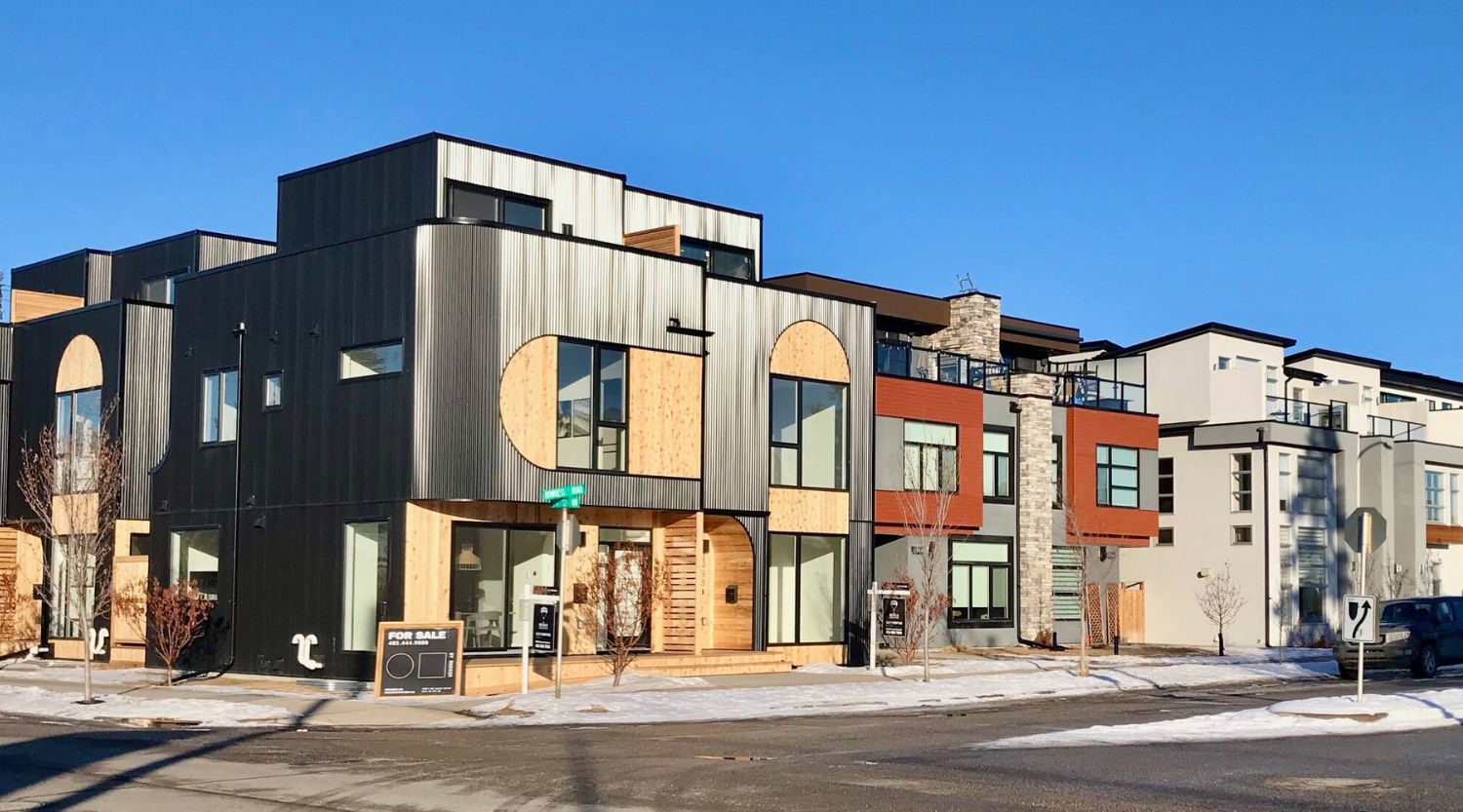

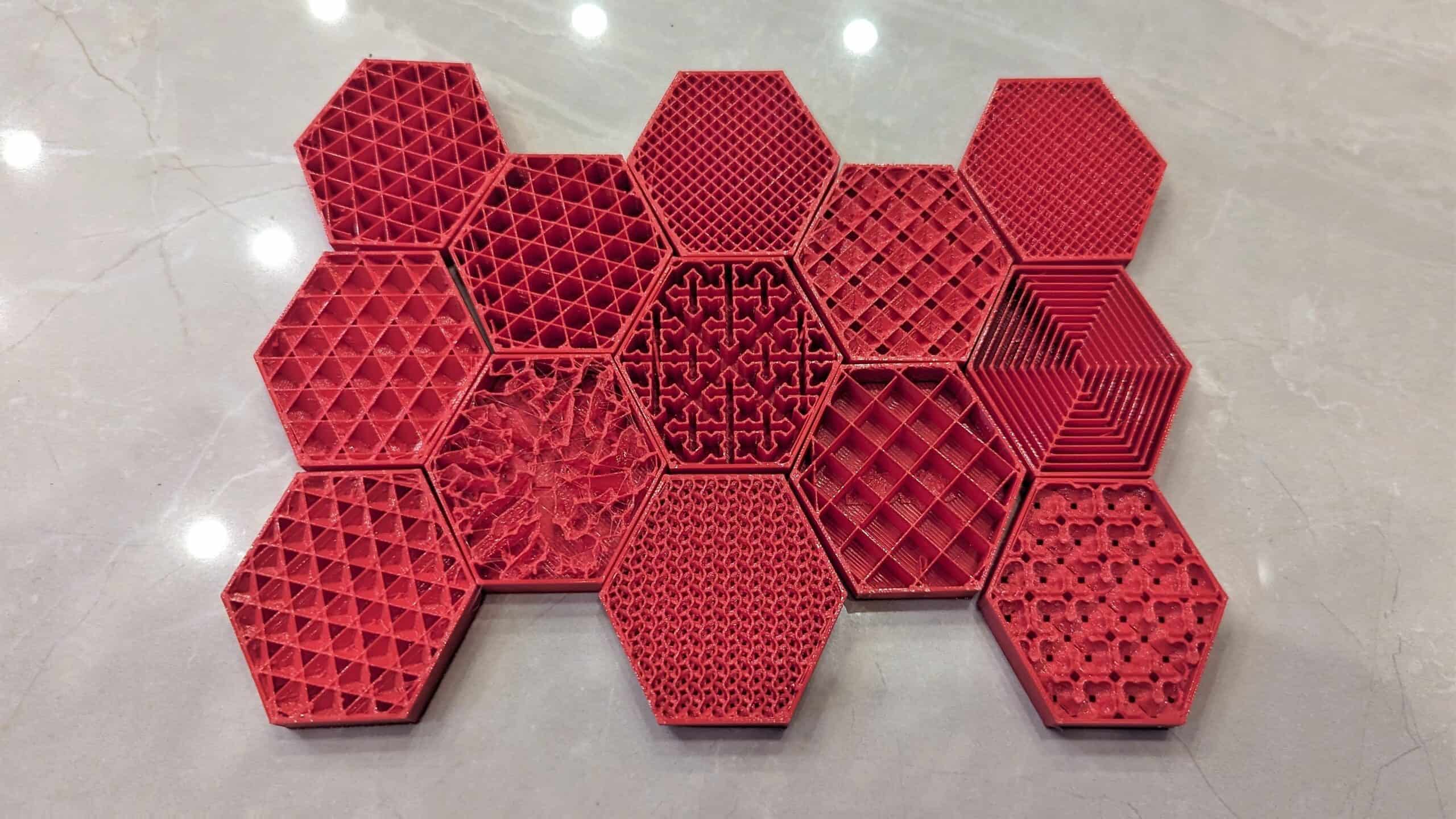
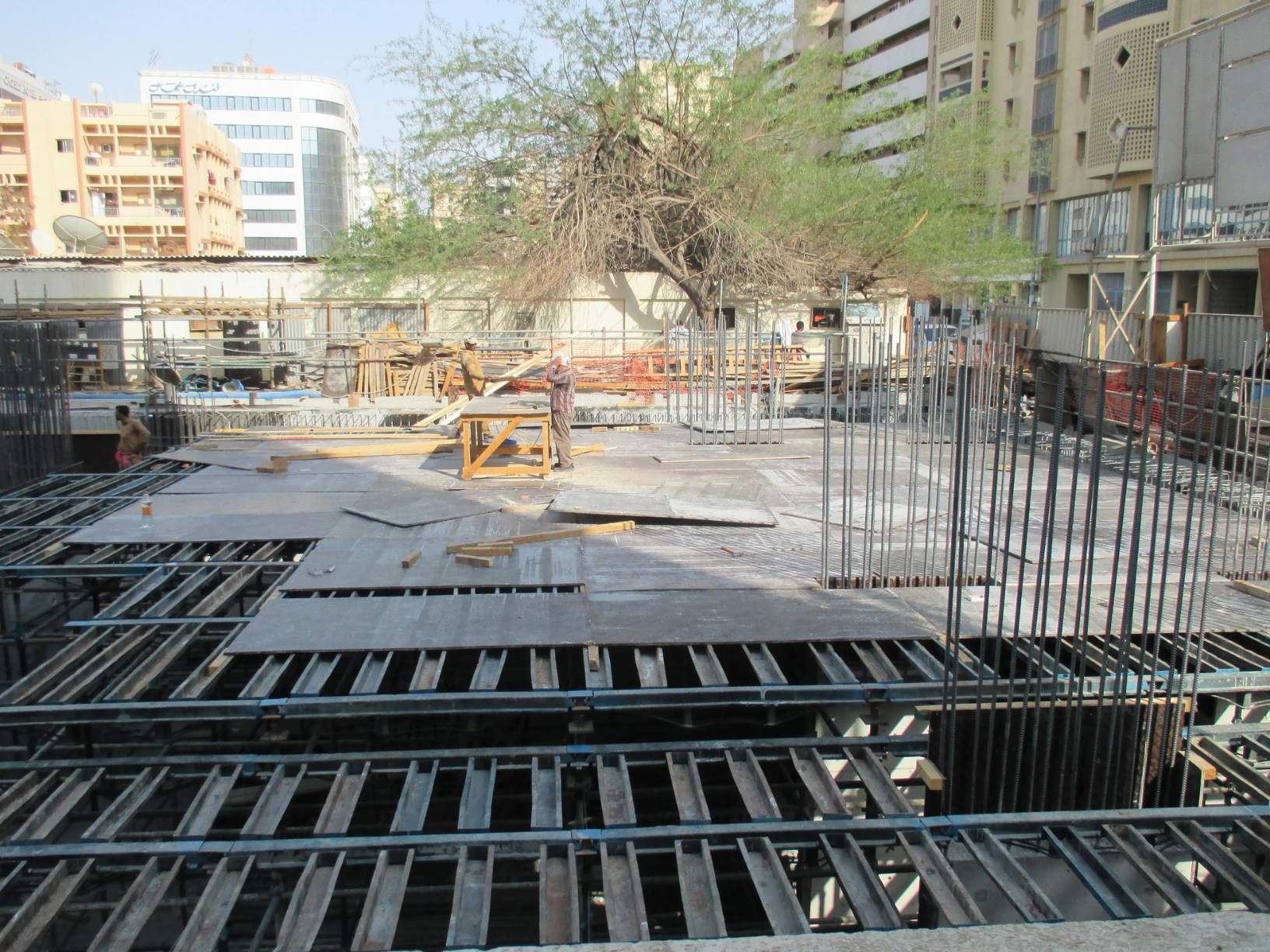
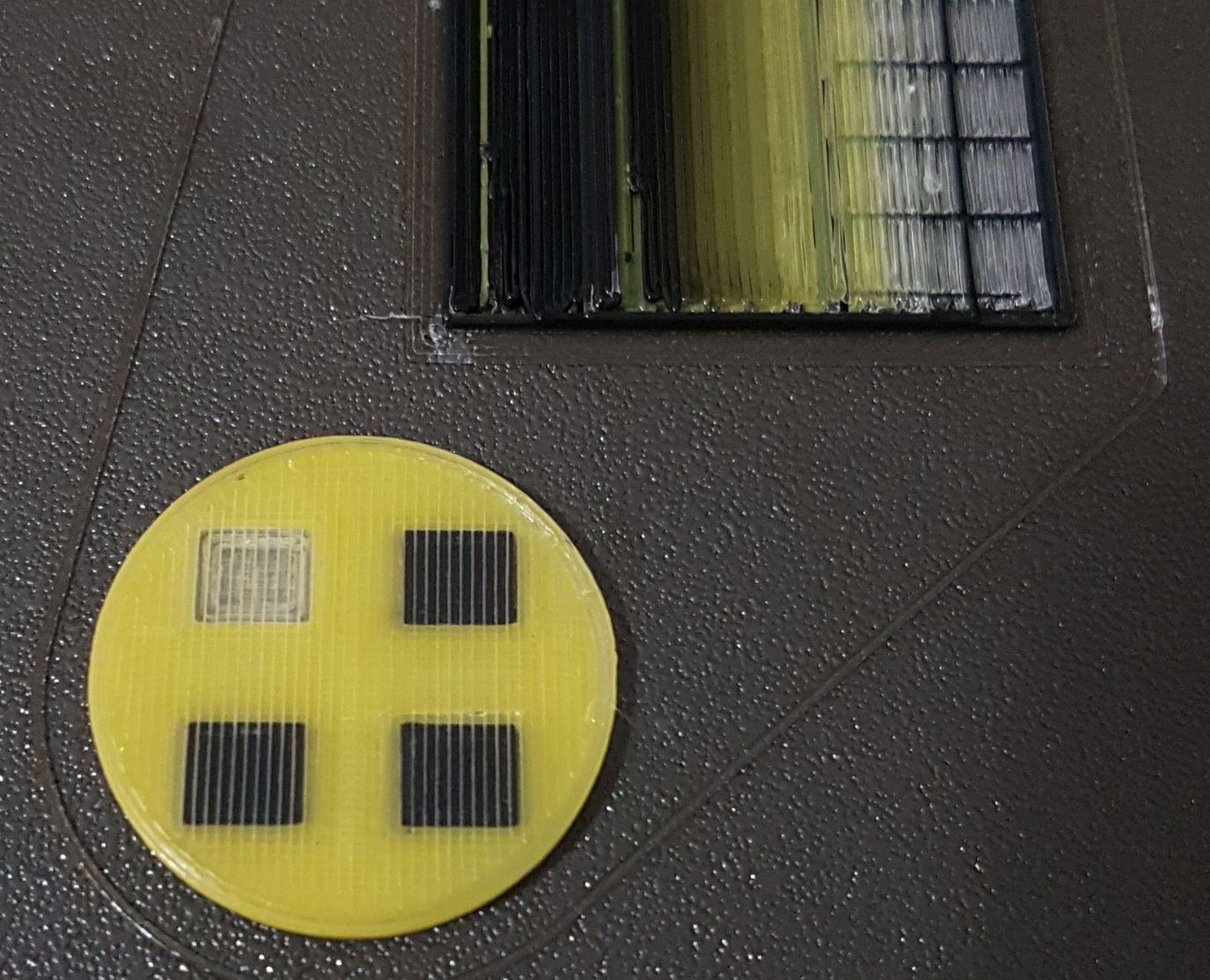
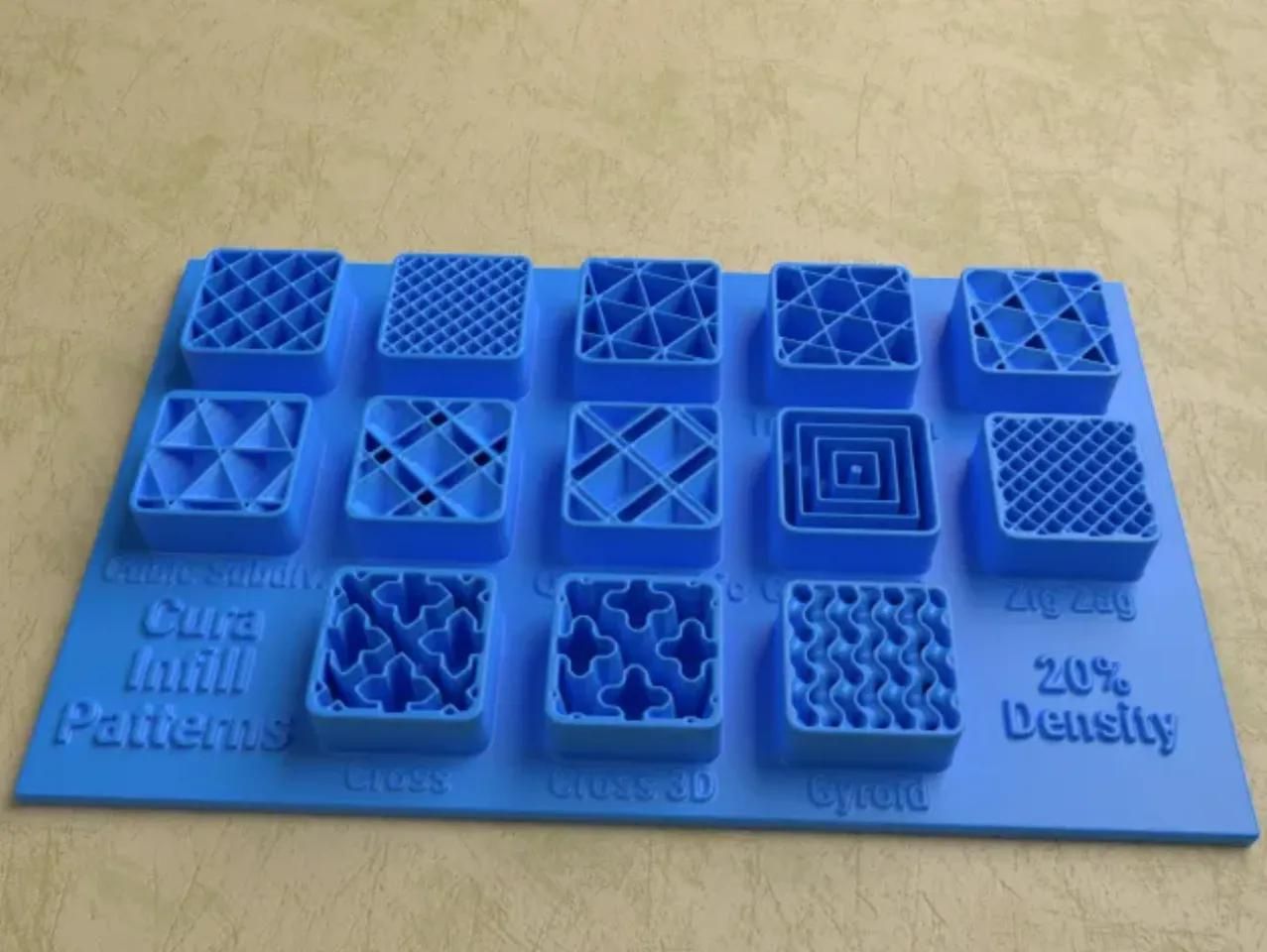
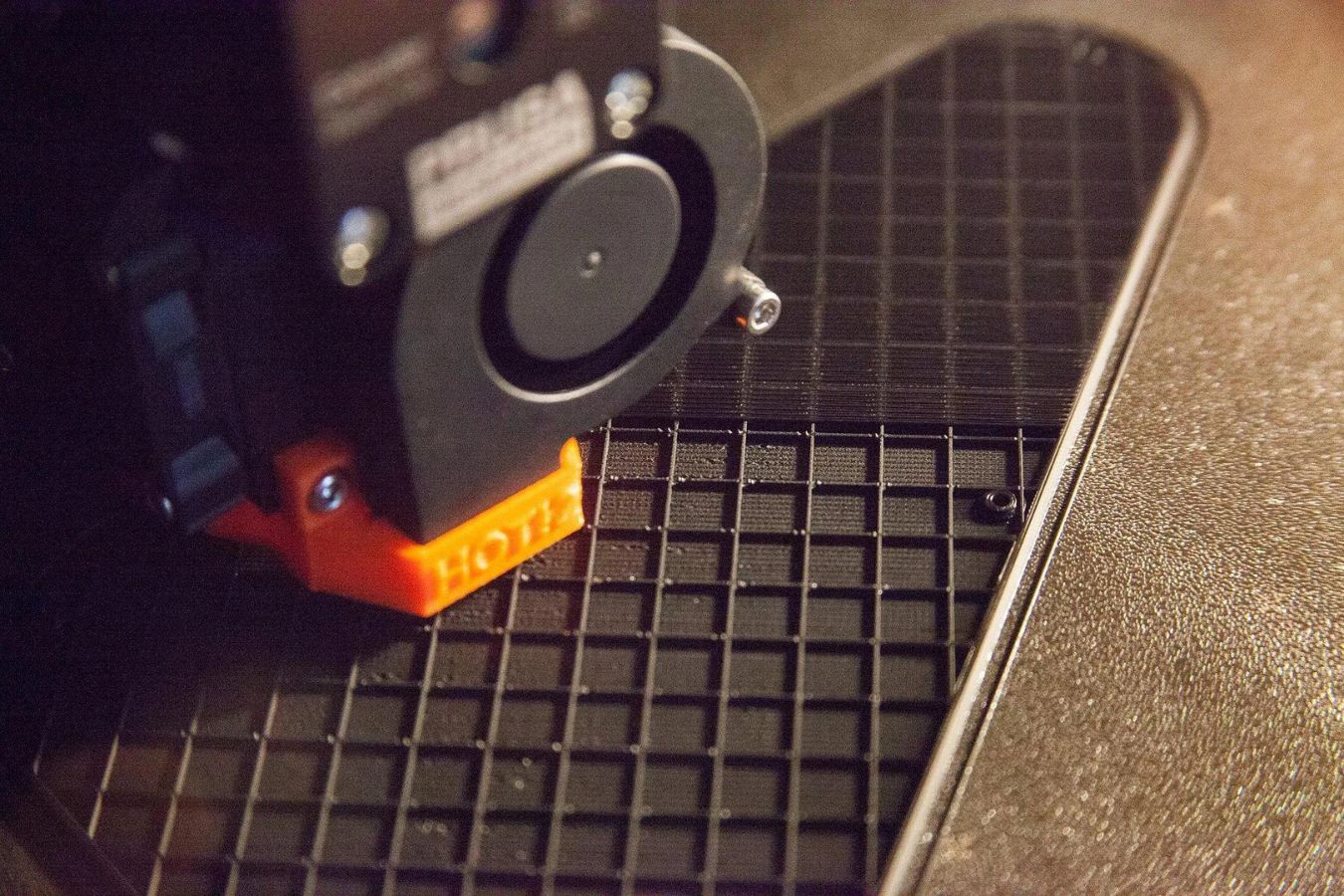

0 thoughts on “What Is Infill For Artifical Grass”